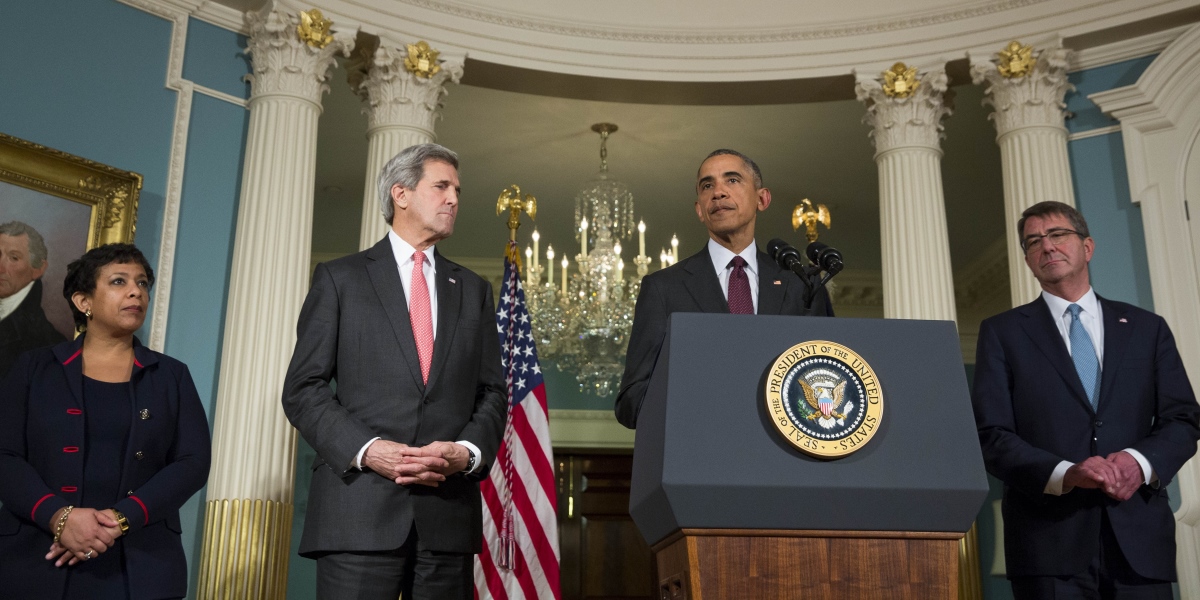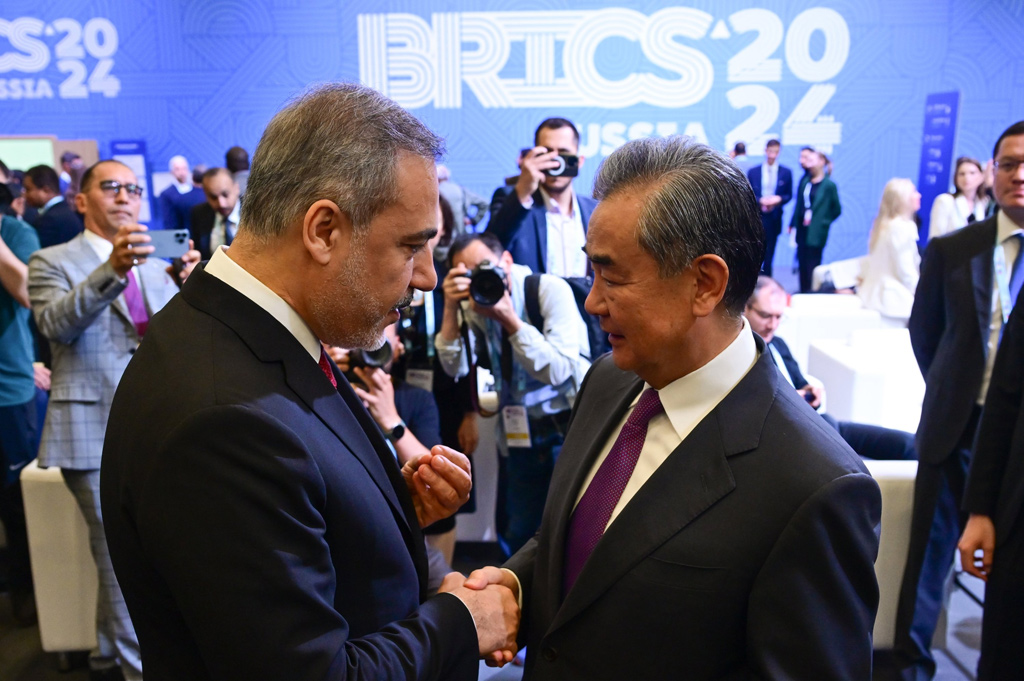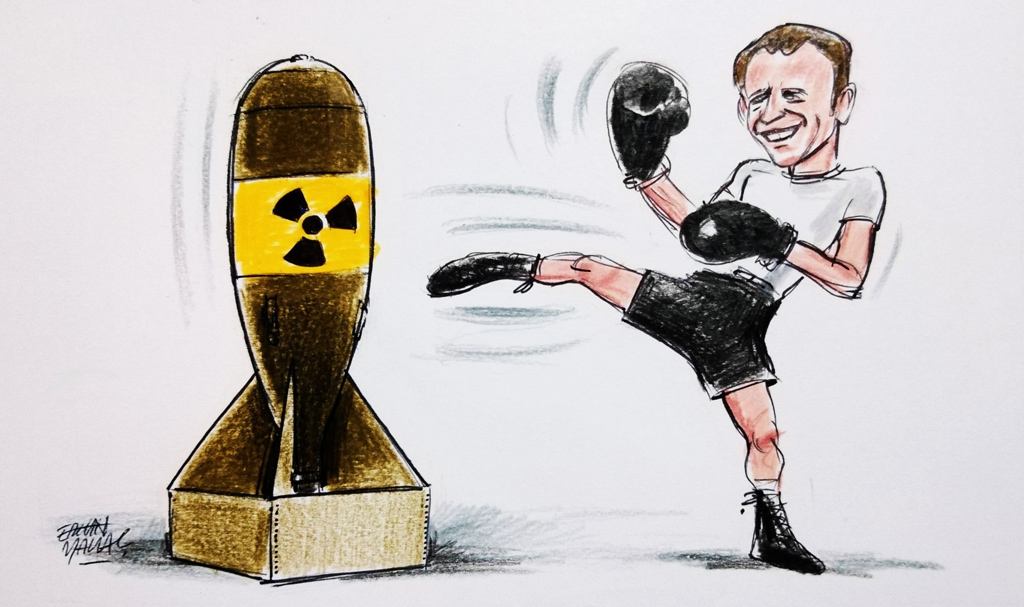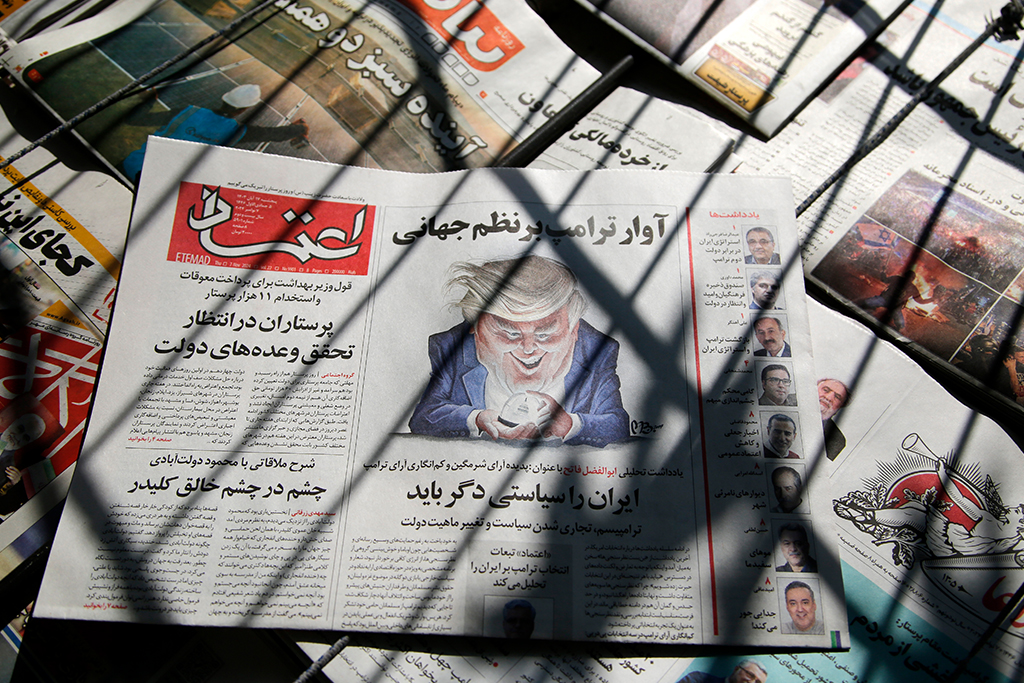
Racing the Clock: Obama's Plan B in Syria
The Obama administration, knowing that the cease-fire would not last, started talking about Plan B in order to strong-arm Moscow into some kind of commitment.
Share
Against the backdrop of a cessation of hostilities in Syria, U.S. Secretary of State John Kerry announced that the United States would move toward "Plan B" should the cease-fire and political transition fail. Plan B could involve Syria's disintegration, said Kerry, raising new questions about the country's future.
Kerry's words served their intended purpose: While the Assad regime announced that they would continue fighting terrorists to safeguard Syria's territorial integrity, the Kremlin dismissed speculation about an alternative plan.
The Plan B debate indicates that U.S. President Barack Obama would like to make concrete progress in Syria before leaving the White House in 10 months. In other words, the administration is desperate to improve the situation in Syria, which has been complicated by growing tensions between Turkey and Russia, Turkey's shelling of People's Protection Units (YPG) positions and the imminent fall of Aleppo. In an effort to leave the White House on a good note, President Obama ostensibly wants to see a transition government in Syria – or at least some solid progress toward political transition.
The Obama administration, knowing that the cease-fire would not last, started talking about Plan B in order to strong-arm Moscow into some kind of commitment. According to media reports, the U.S. is prepared to provide additional support to the moderate rebels and impose new sanctions on Russia if the Kremlin violates the cease-fire. Washington's message is clear: Play along or things will get uglier in the Syrian quagmire.
In a recent public appearance, President Obama was reluctant to threaten the Russians but nonetheless openly criticized the Kremlin's involvement in the Syrian civil war. Suggesting that the Russian airstrikes strengthened the Assad regime and worsened the humanitarian crisis, he argued that the cessation of hostilities would put stakeholders' commitment to the test. Obama, furthermore, stated that the U.S. was committed to Bashar Assad's removal from power.
We will find out whether the Obama administration's latest steps will have any influence on the Russians over the next months.
How about Plan A, which seeks to broker political transition, possibly in the form of a loose federation, that secures Syria's territorial integrity? The main problem with the current roadmap is that Assad's future remains unclear. Moving forward, the U.S.-Russia deal faces a number of challenges other than a vague timeline. For example, it remains difficult to protect the moderate rebels from Russian, Iranian and regime assaults. Provided that the cease-fire doesn't cover DAESH and al-Nusra Front, the pro-Assad alliance might target the moderates in the name of fighting terrorists. Under the circumstances, there could be nothing left from the moderate rebels except a handful of symbolic leaders by the time political transition begins.
At the end of the day, the United States should primarily focus on preventing the fall of Aleppo. Keeping in mind that the Russians are likely to slow down the Obama administration until they vacate the White House, they have little choice but to take new steps to assist the moderates – which would serve a dual purpose of reminding Bashar al-Assad, who still dreams of reconquering the entire country, where the line really is.
The Obama administration must focus on keeping Plan A relevant instead of pushing for Plan B. Russian President Vladimir Putin won't respond to threats alone and might seek to leverage his power in Syria to address the Ukraine crisis. Simply put, assuming that the Russians will give up everything they accomplished by interfering in Syria on Sept. 30 just because the U.S. started talking about Plan B would be unrealistic.
[Daily Sabah, February 29, 2016]
Tags »
Related Articles








